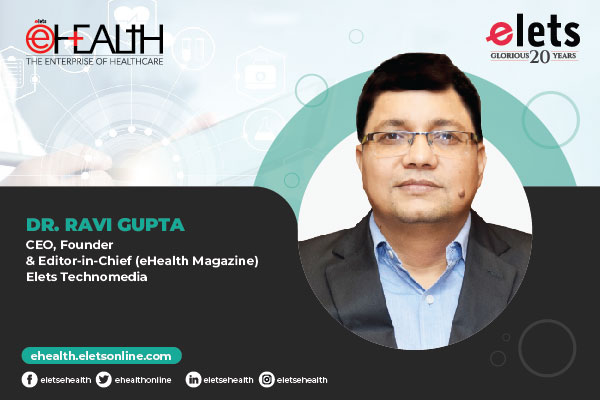
There is a dire need to create an infrastructure to provide basic healthcare facilities to the teeming millions. The current issue of eHealth will highlight the policies and private sector initiatives that can help create infrastructure void.

According to a recent PwC report, part of the problem is the shortage of manpower and physical infrastructure needed to provide better healthcare. The ratio of doctors per 1,000 people is just 0.6. In Brazil and China, its 1.8. And India has only 1.3 hospital beds per 1,000 people”significantly lower than the guideline of 3.5 beds defined by the World Health Organisation (WHO). There is a growing need for healthcare-sector players to focus on improving the reach, quality, and affordability of healthcare.
Though India is expected to become the third-largest in APAC in terms of total healthcare expenditure, with the largest CAGR expected in healthcare expenditure by 2020 at 19.8 per cent, a lot more is desired. The private sector is expected to continue to increase its share from the current 65 per cent as more investments pour into private primary care services, diagnostic services and hospitals from within the country and international investments.
However, there are significant challenges to be addressed both in terms of accessibility of the healthcare services and quality of patient care. But these challenges also present a significant opportunity for the private service providers along with the government that is also playing an important role in facilitating this evolution.

To look at a few recent government programmes, Ministry of Health and Family Welfare announced its initiative to establish National Medical College Network (NMCN), wherein 41 government medical colleges are being networked in the first phase riding over National Knowledge Network (NKN) with the purpose of eEducation and eHealthcare delivery. One National Resource Center and six Regional Resource Centers have been identified for promoting technologies like remote patient monitoring to aid the healthcare sector. Our cover story of the current issue looks at the scope and the future of synergising infrastructure while bridging the gap in the country.
In further initiatives to boost the healthcare sector, two National Centers of Ageing have been proposed to be set-up during the remaining period of the 12th Five Year Plan. Administrative approval has been issued to AIIMS, New Delhi and Madras Medical College, Chennai. Besides clinical service, these centers will also undertake activities related to training, education and research. The charges for patient care will be at par with the rates applicable to other patients treated at the Institutes.
India needs and will continue to see growth in private-sector healthcare delivery despite investments made by the government in public health, as there is an underserved population for which the government needs to develop healthcare access. Needless to say, the healthcare sector holds promises for exponential growth in the foreseeable future.
Be a part of Elets Collaborative Initiatives. Join Us for Upcoming Events and explore business opportunities. Like us on Facebook , connect with us on LinkedIn and follow us on Twitter , Instagram.









